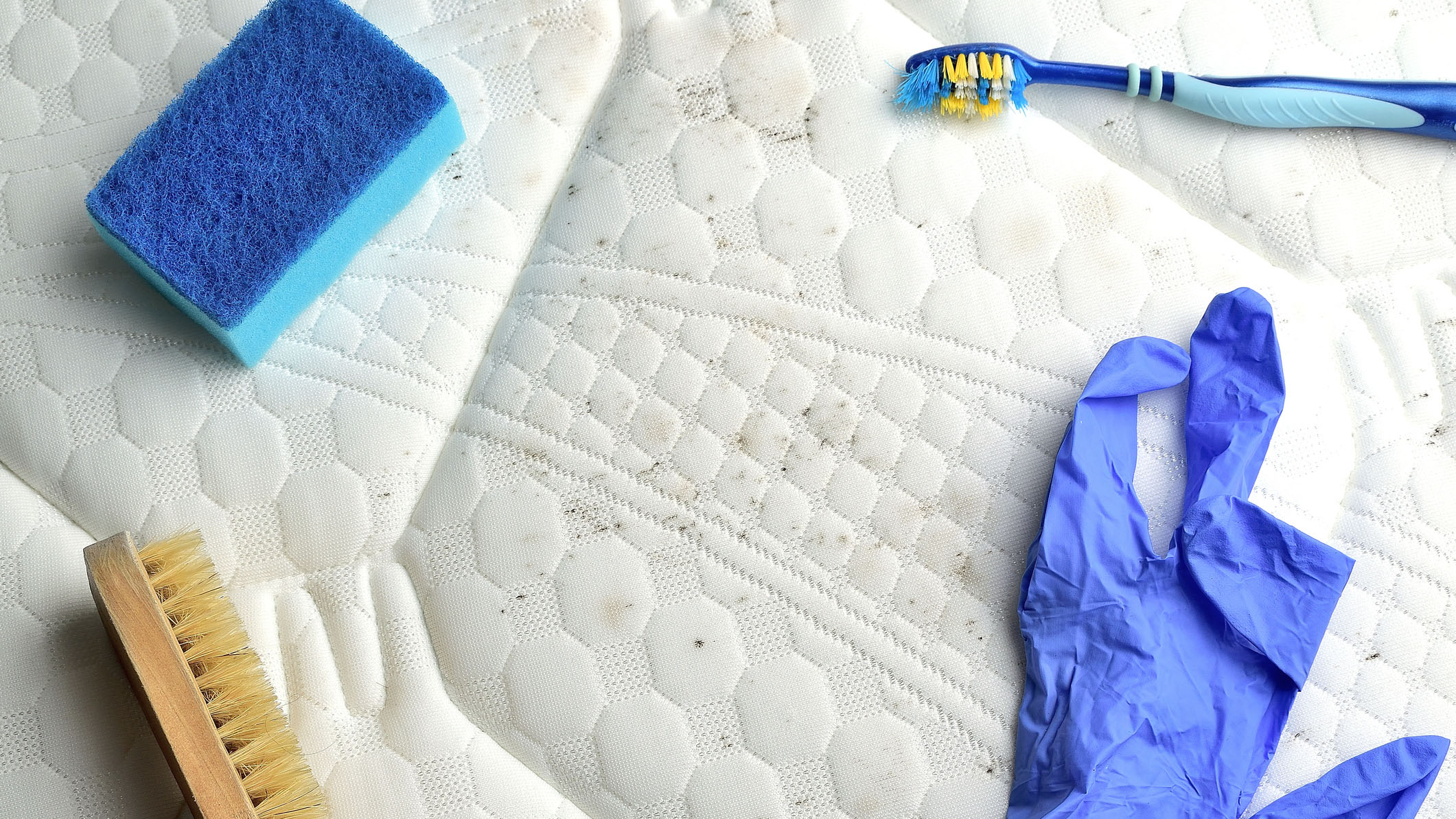
The approach of winter makes the prospect of snuggling up in your favorite duvet all the more appealing, but it does increase the risk of one bed-related issue: mattress mold. Mattress mold won’t just damage your mattress, it can also pose a serious risk to your health, including allergic reactions and exacerbating respiratory issues.
Even this year's best mattresses for all sleepers are at risk of growing mold if not properly cared for and with mold present in 70% of American homes, it’s important to know what to do to help prevent it during the winter months, and ways to tackle it if you’ve spotted the tell tale signs of mold growing in or around your bed.
We're looking at why it's more likely to occur in winter, how to prevent it as the season changes and what you need to know to get rid it, so you can stay comfortable and healthy all winter long.
What is mattress mold
Mattress mold is an unpleasant type of fungal growth that can develop on or inside your mattress. Since mold tends to thrive in damp, warm environments with poor ventilation, your mattress can quickly become the ideal breeding ground.
Even worse, it can swiftly spread if left untreated. That means it won’t just spoil your mattress, but can also infiltrate bedding, carpets and other soft furnishings you have within your home.
A sign you may need to inspect your mattress for mold is if you start to detect a strong musty odor that is difficult to get rid of. Typically mattress mold will develop as dark spots or patches which can range in color from light pink to black, though you might also notice multi-colored stains appearing.
Knowing how to spot mattress mold and deal with it quickly is vital, because mold spores can penetrate deep into your mattress, making it difficult to eliminate once its been established.
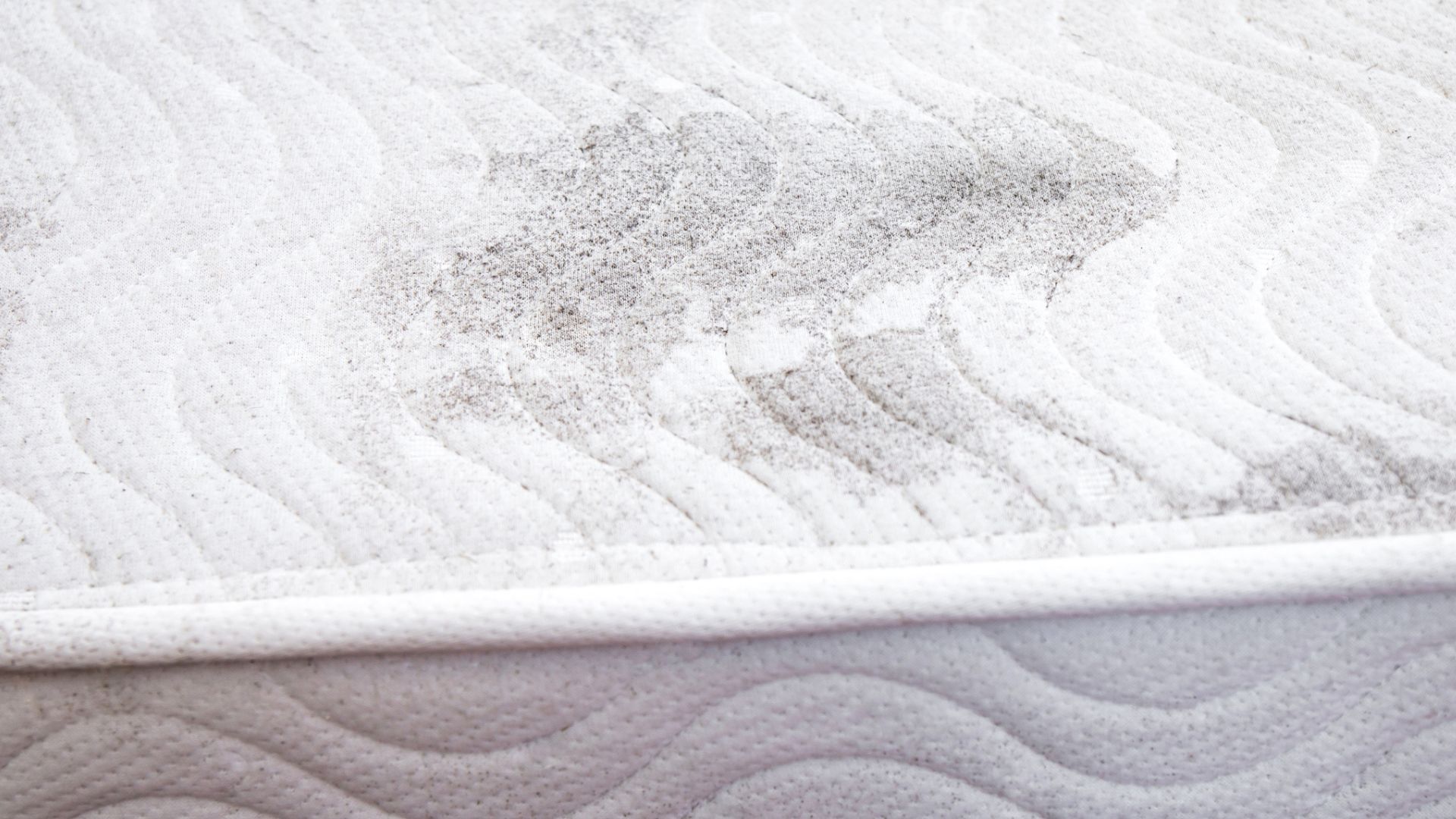
Why does mattress mold grow in winter?
Your mattress can be at risk of mold throughout the year, but winter creates the perfect conditions for its growth.
As it starts to get colder outside, we typically heat our homes and keep the windows closed. As a result, humidity levels rise, creating a warm, moist environment.
That excess moisture combined with the likes of sweat, body oils and dead skin cells that can make their way on to the surface of your mattress each night, makes for an ideal breeding ground for bacteria, mold and mildew.
“Mattresses can harbor all sorts of toxins, including mold. Mold causes health issues, including allergies, asthma, headaches, and skin irritation, so sleeping on it could have serious adverse effects," says Robert Weitz, a Certified Microbial Investigator and Principal of RTK Environmental.
What causes mattress mold?
“Mold on a mattress can be caused by a variety of things, including poor indoor air quality," Weitz adds, before offering advice on when to get the professionals in.
"If there is mold on your mattress, you should throw it out. If you still smell a musty odor, you likely have a mold problem that goes deeper than your mattress. At that point, you should consider professional mold testing to identify the source of the hazard,“ he says.
Mold can start to germinate and spread within 24 hours of encountering a new moist environment, however, it isn't just the conditions in your home that could be causing it. If you're not spotting signs of mold anywhere else in your room, then it's possible your mold issue could be caused by your mattress getting wet and not being dried out properly before use.
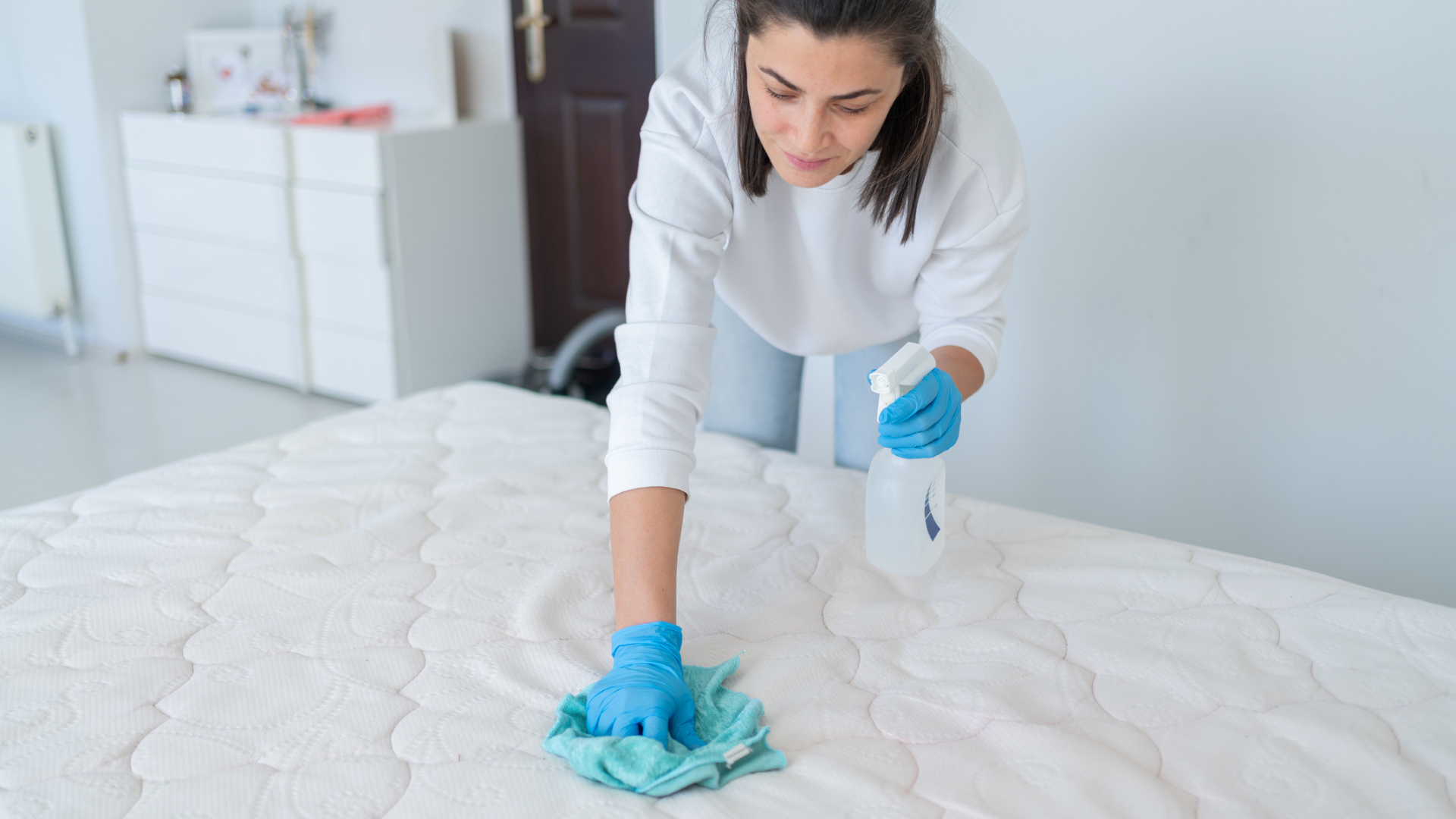
An accidental spill or using a cleaning solution and not letting it fully dry before reapplying your sheets can cause mold and mildew to start growing within your mattress. So, always check to make sure your mattress isn't still damp before replacing bed sheets.
And while it's tempting to jump straight from the bath or shower into bed, washing your hair and not drying it before you sleep can cause problems, check out our investigation on how going to bed with wet hair can damage your mattress.
5 ways to prevent mattress mold in the winter
Winter means your home can become an ideal place for mold to thrive. But there are steps you can take to prevent mold during the colder months. Here are five tips for ensuring your mattress stays fresh.
1.Use a dehumidifier
Dehumidifiers are a great tool to combat mold, since they can significantly reduce moisture levels within your home, making it less likely that mold can thrive.
Ideally, humidity levels in your home should be somewhere between 30-50%, but it's often too cold to keep windows open for long enough to achieve the right amount of ventilation within your home.
So, the best dehumidifiers are a must-have item during the winter months. For the best results, place your dehumidifier as close to your bed as possible and ensure that there are no obstructions blocking the airflow around .
Be sure to empty the water tank on a regular basis and before putting the water tray back in to the machine, dry off any excess moisture to avoid mold and mildew growing within the unit.
The good news is, a dehumidifier doesn’t just help to prevent mold and mildew but can also improve your sleep. They typically reduce dust and airborne allergens, and tackle odors as well — boosting the air quality within your bedroom.
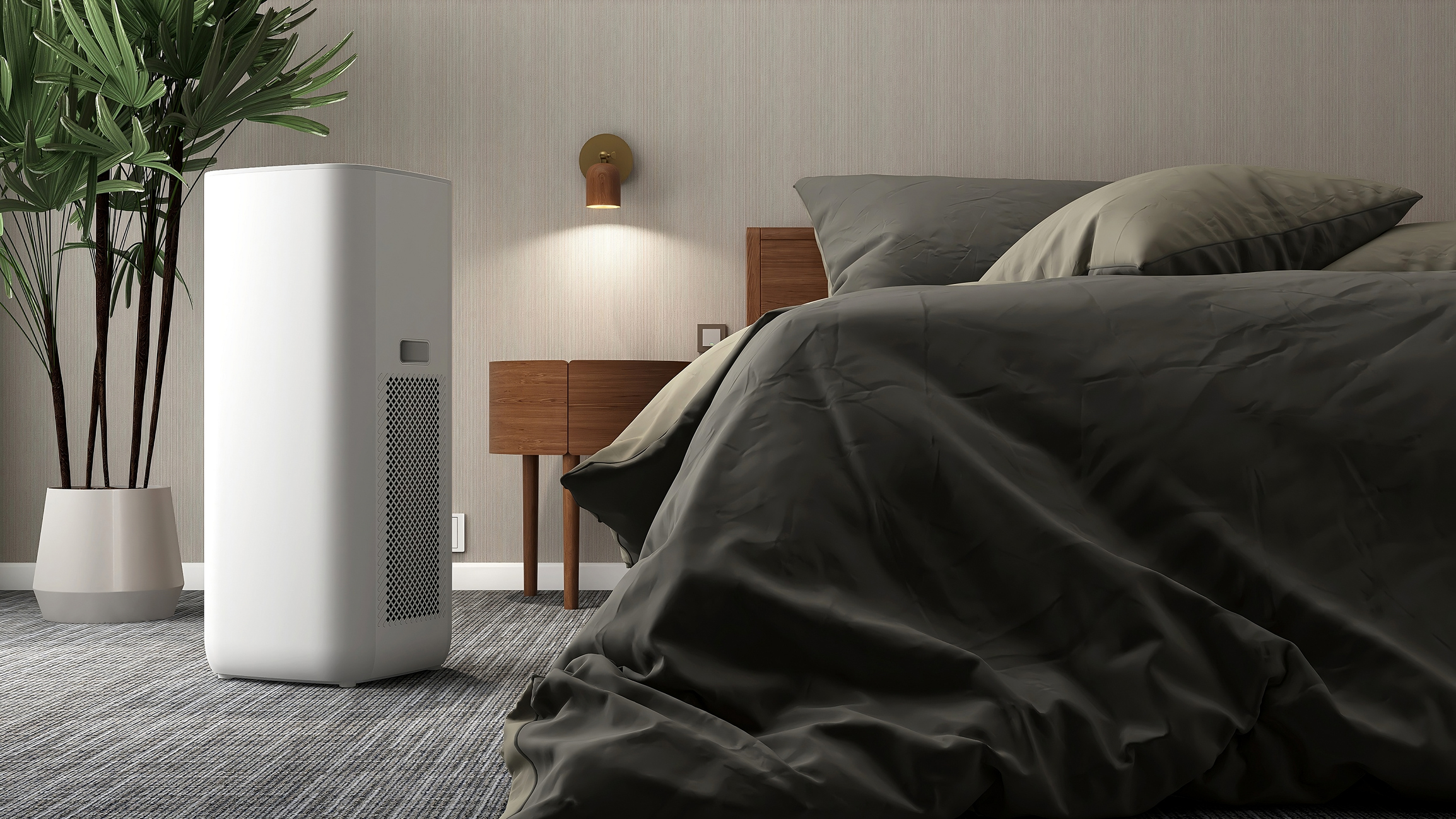
2. Invest in a mattress protector
A mattress protector is also particularly useful in the fight against mold, since it creates a handy barrier between moisture and your mattress.
Excess humidity, spills, accidents or bodily fluids can all contribute to moisture penetrating your mattress, and since mold needs damp conditions to grow, keeping it dry and clean can make all the difference.
The best mattress protectors should be waterproof, breathable and comfortable, and the good news is that they can be machine washed, meaning you can clean yours on a regular basis to keep it fresh and hygienic.
As well as extending the life span of your mattress and helping to keep mold at bay, some mattress protectors are also hypoallergenic and can help to reduce allergens like dust mites and pet dander.
3. Improve air circulation
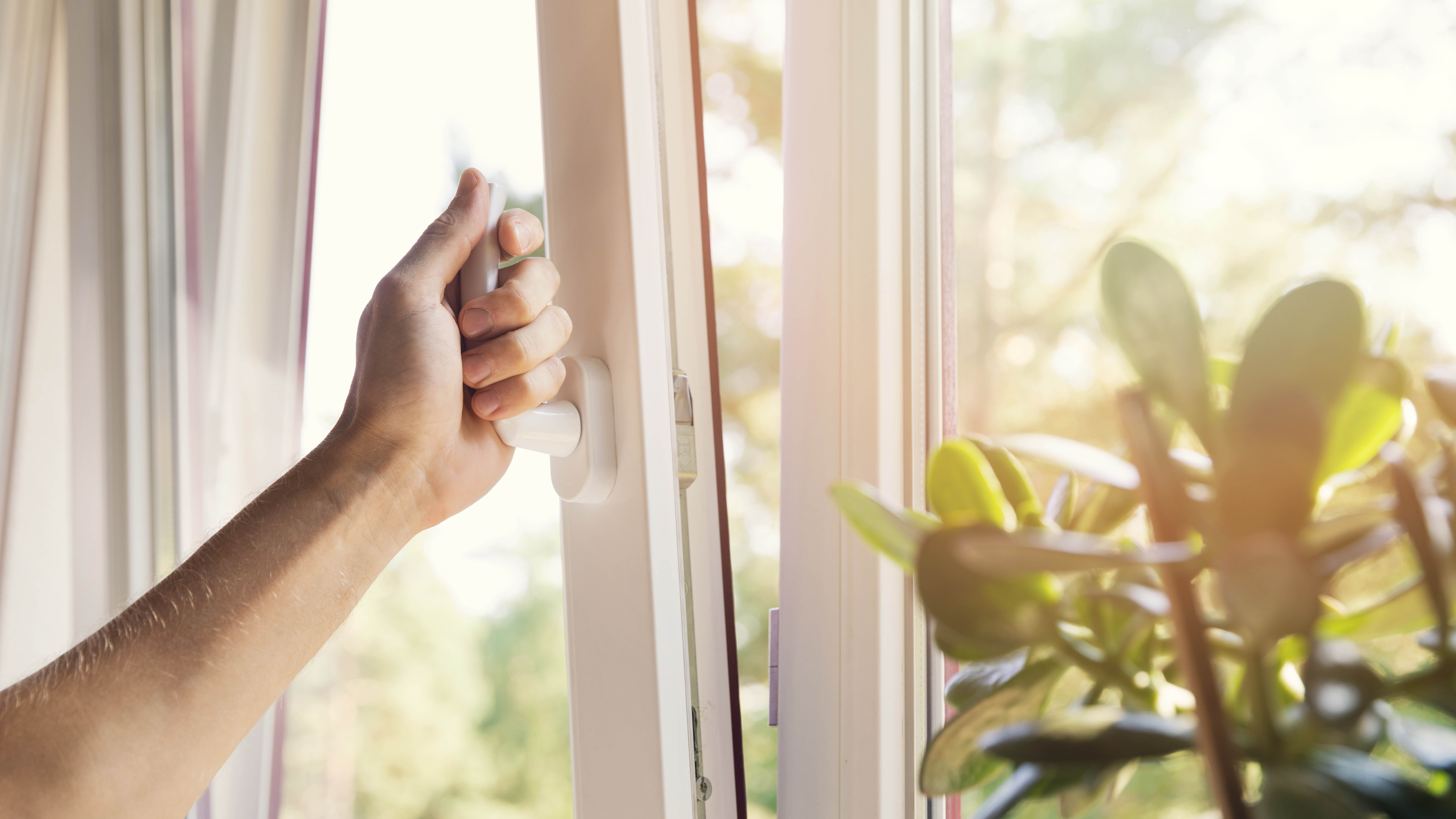
Although the idea of keeping your home toasty and letting the dehumidifier do all the hard work might be enticing, opening your windows for a few minutes each day to allow fresh air to circulate is also crucial when trying to prevent mold.
“Winter makes it tempting to hibernate in a cozy cocoon, but it’s important to let your mattress breathe. Open the windows for a few minutes daily to help reduce indoor humidity. You don’t need to turn your room into the Arctic; give it fresh air. Your mattress will thank you, even if you have to bundle up a bit," says Magda Callery, founder of Style By Magda.
If you can’t face opening your windows, another option is using fans to circulate air around the room. And, try to always leave some space between your mattress and the walls to allow for air to move around your bed.
4. Ensure your mattress is on the right foundation
Where your mattress is situated can make a big difference when it comes to preventing mold growth. This is because a well-ventilated base means air will circulate around your mattress reducing moisture build-up.
Avoid placing your mattress directly on the floor, even if you aspire to a minimalist aesthetic, as this can trap heat and moisture, creating the ideal breeding ground for mold to grow. Even hybrid mattresses (which feature both foams and coils, giving more air flow inside) ideally shouldn't live in your bedroom without a frame or base.
Instead, invest in a slatted bed frame or a box spring base with enough room between the slats for air to circulate around. Providing the right foundation for your bed won’t just act as an additional tool against mold growth, but will also help to retain the comfort and support of your mattress and even extend its lifespan.
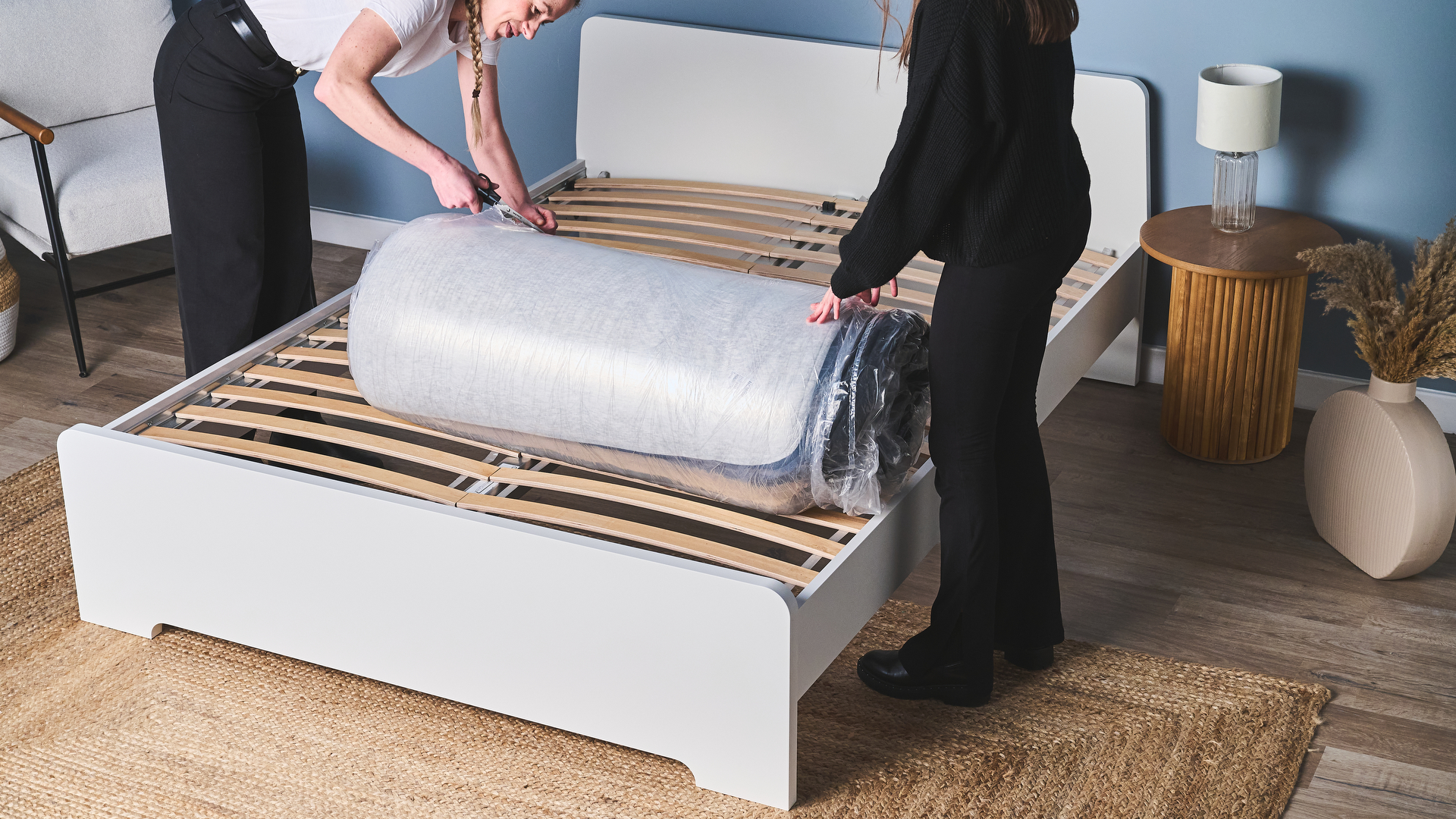
5. Control the temperature in your room
Whilst it’s tempting to turn the heating right up before you go to bed to create a cozy space to sleep, it’s really important to maintain a consistent, cool temperature in your bedroom.
Aim for around 60-67°F which is not only the perfect temperature for sleeping according to a 2023 study, but it’s also less appealing to mold.
Your bedding can also contribute to a temperate sleeping environment, with breathable bedding materials like cotton or linen ideal for regulating your temperature and limiting the amount of moisture that’s produced.
A cool bedroom doesn't just act as a line of defense against mold, it can also improve your sleep cycle, since a hot room can make it trickier to fall asleep and more likely that you might wake up during the night.
How to get rid of mattress mold
You've noticed that your mattress has an unusual smell or perhaps even spotted some discoloration. The signs of mattress mold are there, but there's no need to panic. Here's how to get rid of mattress mold fast.
1. Vacuum your bed
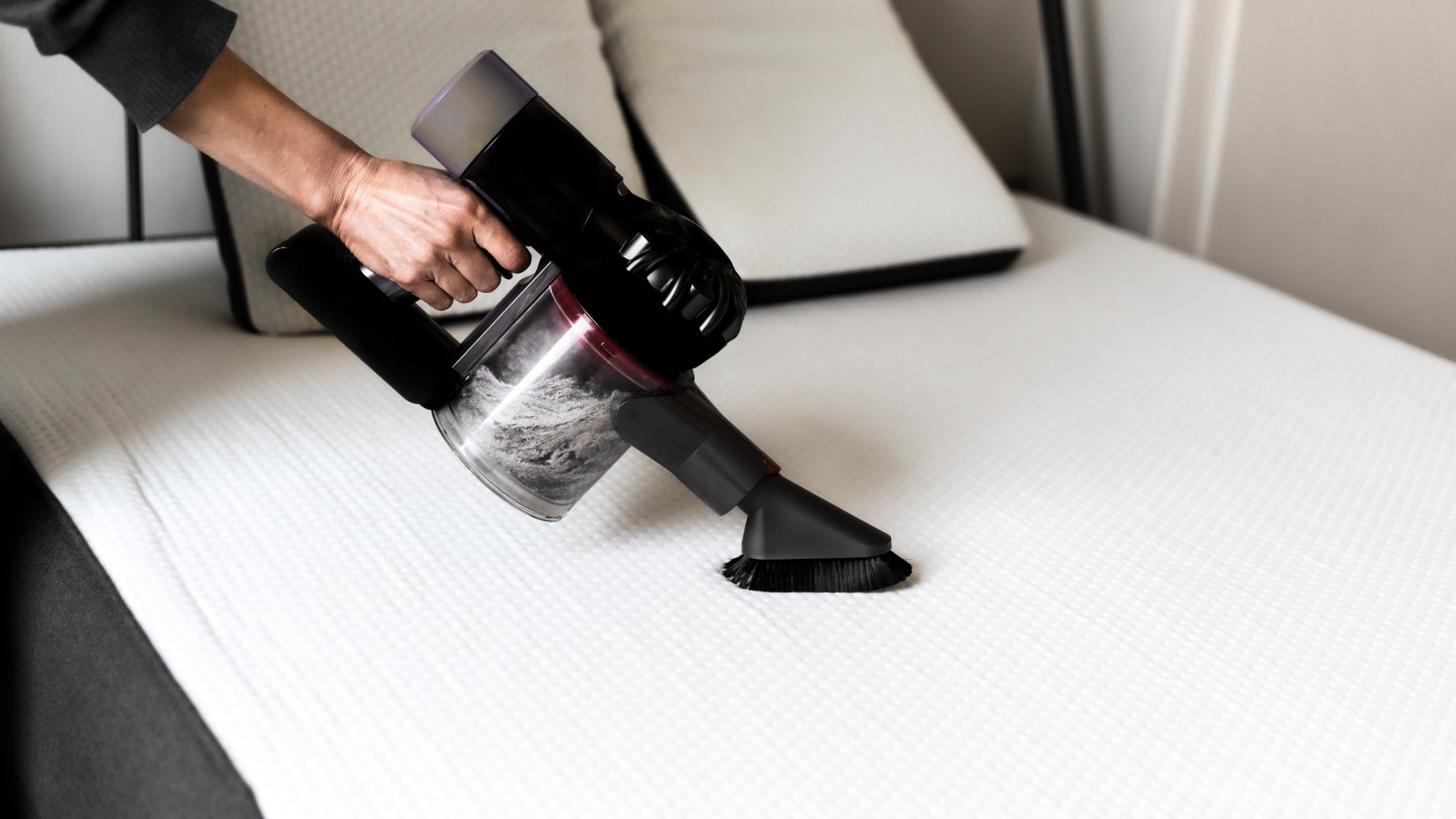
The trusty vaccum cleaner is one very easy way to help to remove mold spores that may have started to grow within your mattress
Start by removing all your bedding and vacuuming the surface of your bed, paying special attention to the seams and crevices where mold (and dust mites) may be hiding out. If possible, use a vacuum with a HEPA filter to avoid spreading mold spores and when you empty your vacuum do so outside and into a sealed bag before putting in the bin.
There are multiple reasons why you need to vacuum your mattress regularly and should even consider making it part of your weekly routine.
2. Spot-clean the area
Once you’ve vacuumed your mattress, the next step is to start thoroughly cleaning the affected area.
For a spot clean, use a hydrogen peroxide solution or rubbing alcohol solution. Take the cloth (or brush if you're using hydrogen peroxide) and work the area in circular motions. Avoid scrubbing the area as this could cause staining and avoid oversaturating (after all, we know moisture is mold's best friend!).
Read more out more here about how to create the right ratio for your cleaning solution and tips to protect your skin.
3. Dry and deodorize
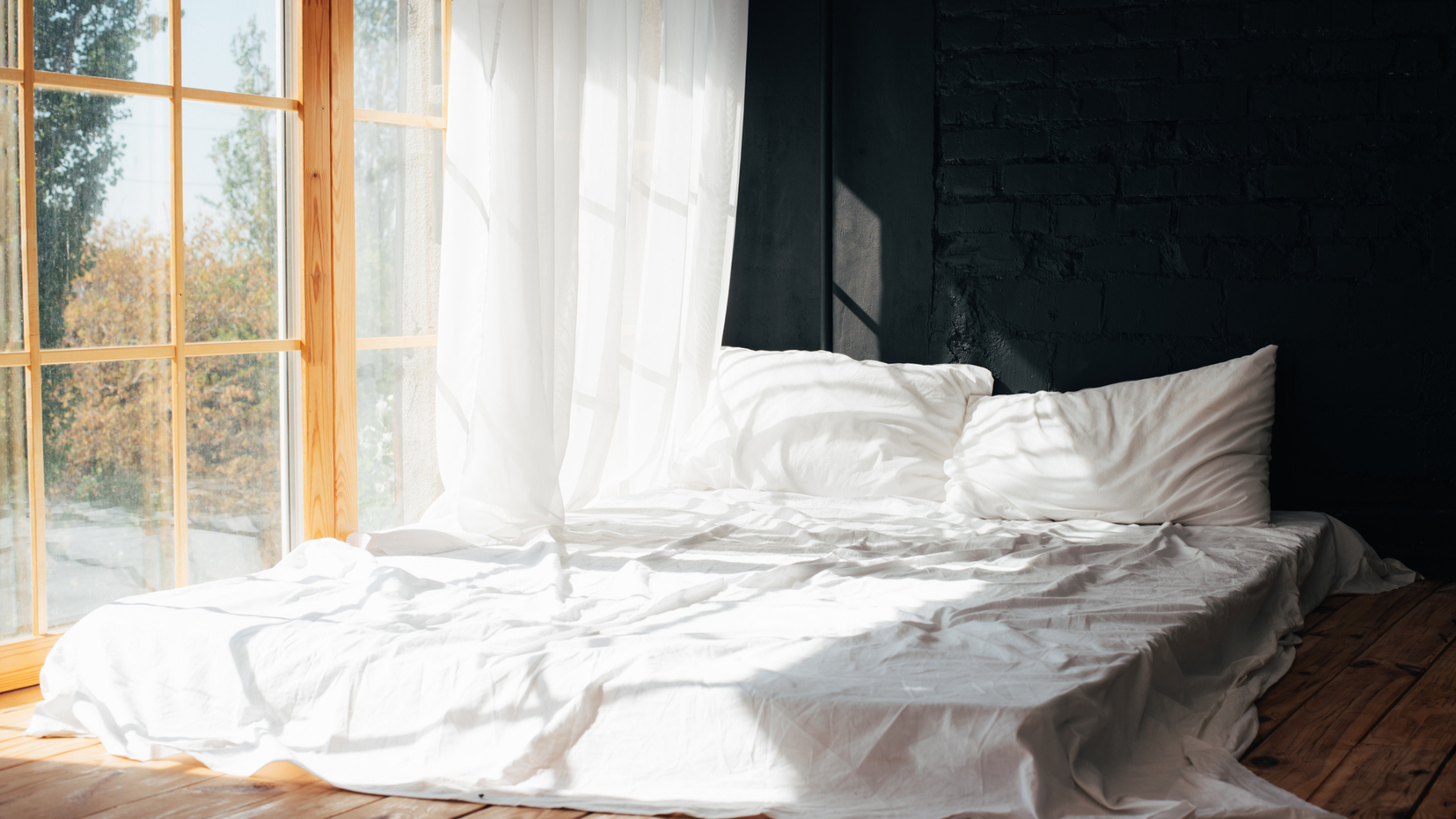
After cleaning, it’s essential to leave your mattress to dry fully, ideally in direct sunlight. UV rays can help to kill off any remaining mold spores still present, but keep in mind that discoloration can occur if you leave your mattress in the sun for too long.
If outdoor drying isn’t an option, try using a dehumidifier and fans to help speed up the process.
Once your mattress is fully dry, it's worth deodorizing it to neutralize lingering odors and absorb any pesky leftover moisture. Caspar recommends doing this by spreading baking soda over the mattress surface and leaving it to sit for several hours before vacuuming it off.







